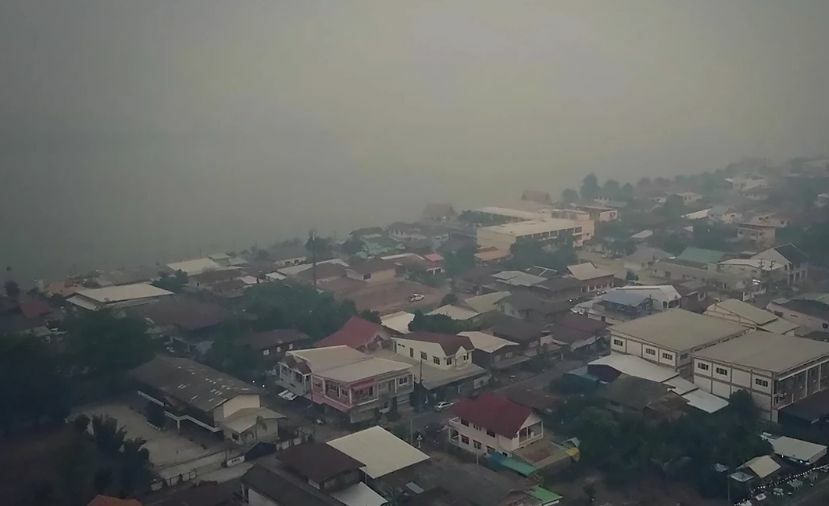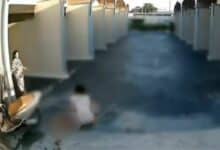Thais on Lao border bear the brunt of haze crisis

Residents living along the border of Laos in Thailand’s northeast Nakhon Phanom province are facing the brunt of the country’s haze crisis. PM2.5 levels reached 167 micrograms (MCG) per cubic metre in four districts yesterday, according to the city’s Office of Natural Resource and Environment. These districts include Muang, Bang Phaeng, Tha Uthen, and That Phanom.
Any level above 50 MCG is considered unsafe and can cause chronic diseases such as heart and lung problems.
The haze crisis is being fuelled by farmers and households burning refuse in rural areas, with hundreds of hotspots detected by satellites, Nation Thailand reported. Yesterday morning, a white veil of smog covered the province, particularly along the Mekong River on the province’s eastern border. Residents in the four districts said they could barely see the landscape of Laos across the river.
The office also reported an air quality index (AQI) in the province of 277 on Wednesday, which is variously classified as “beginning to affect health” or “very unhealthy.” The AQI jumped from Tuesday’s reading of 142.
Officials are cracking down on locals burning garbage and vegetation outdoors, with violators facing punishment under the Public Health Act, including up to seven years in prison, a fine of 140,000 baht or both.
The smog is also affecting other parts of Thailand, including Bangkok and Chiang Mai.
In 2002, Thailand joined other countries in the region in signing the ASEAN Agreement on Transboundary Haze Pollution, which aims to promote cooperation and coordination in addressing the haze crisis. The agreement recognises that transboundary haze pollution which results from land and/or forest fires should be mitigated through concerted national efforts and international cooperation.
This week, it was reported that air pollution may be damaging tourism in Chiang Mai. Demand has been dropping for outdoor activities and tourist attractions in the inner areas of the province. The number of tourists arriving and departing from Chiang Mai’s airport is lower than during the past high tourism season when the air was cleaner.
Latest Thailand News
Follow The Thaiger on Google News:


























